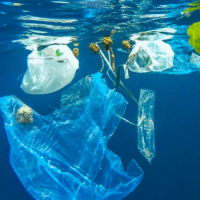March 8, 2017
Five Marine Animals with Sidekicks
Estimated reading time: 0 minutes
BY: Oceana
Topics:
The ocean is vast and filled with innumerable species, many of which have yet to be identified. In fact, the majority of all life on earth – about 50-80 per cent – is found below the surface of the ocean. In this complex marine ecosystem, species develop very close relationships; connections that they often depend on for survival. These animal bonds can be based on a variety of different types of interactions. For example, they can benefit both species (mutualism), only benefit one species and be either neutral (commensalism) or even harmful (parasitism) to the other. Species can also interact by creating habitat for each other (biogenic habitat). Oceans are filled with incredible examples of species that live life using this buddy system. Here are a few examples that can be found off the coast of Canada.
Sea otters and kelp forests
Sea otters and kelp forests have a unique relationship in which sea otters maintain kelp forests by eating their main predator: sea urchins. Without sea otters to eat them, urchins rove along the sea floor unchecked, eating all the kelp in their path, until the forest becomes a barren ocean wasteland. Kelp forests provide habitat and refuge for many species of fish and invertebrates, which gives sea otters an important role in protecting them. They are considered a keystone species for their role in regulating the ecosystems. Sea otters will also wrap themselves and their young in kelp fronds when they are sleeping so that they don’t float away in the current.
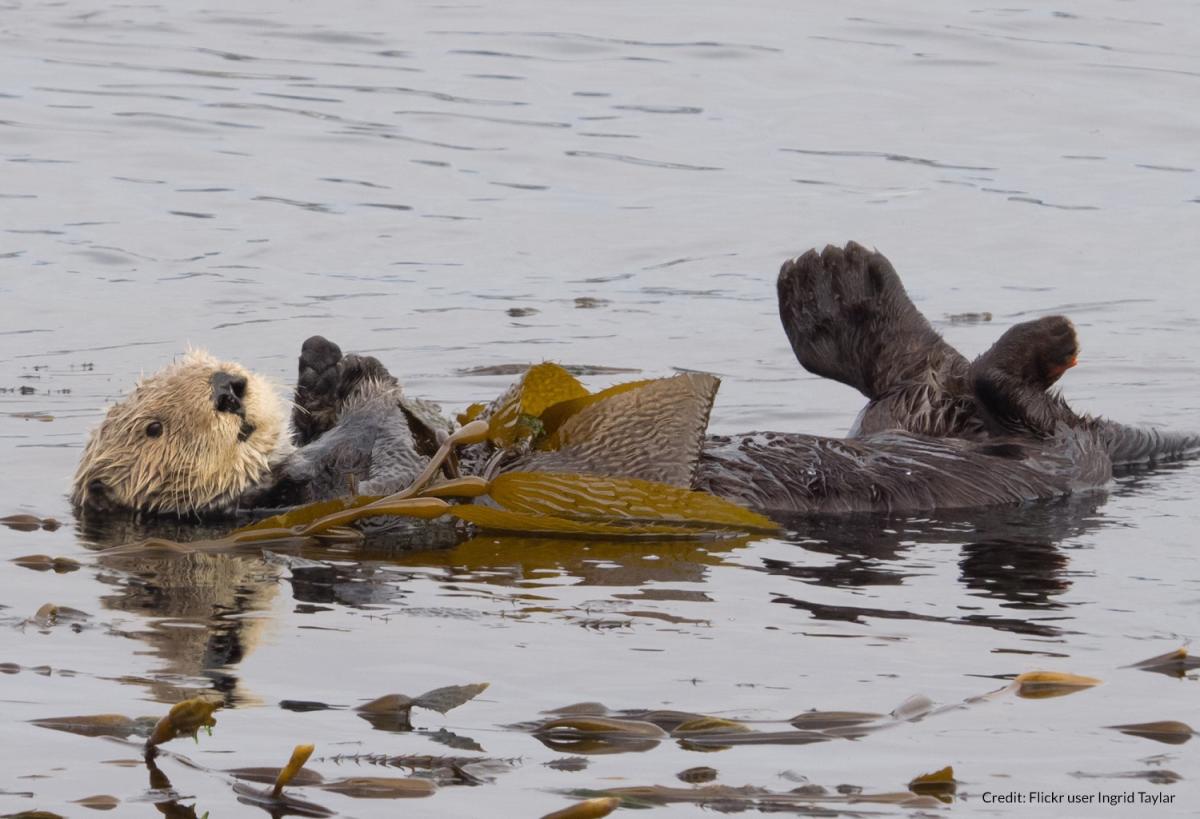
Sea pens and redfish larvae
Redfish species found off Canada’s Atlantic coast give birth to live young, or larvae. These larvae are microscopic when born, so they must seek out refuge to successfully grow to adulthood. Research has shown that a high proportion of redfish larvae can be found hiding among the polyps of sea pens, a type of coral. These sea pens provide biogenic habitat where the larvae can seek shelter, while simultaneously providing an environment with lots of food, since both redfish larvae and sea pens eat plankton.
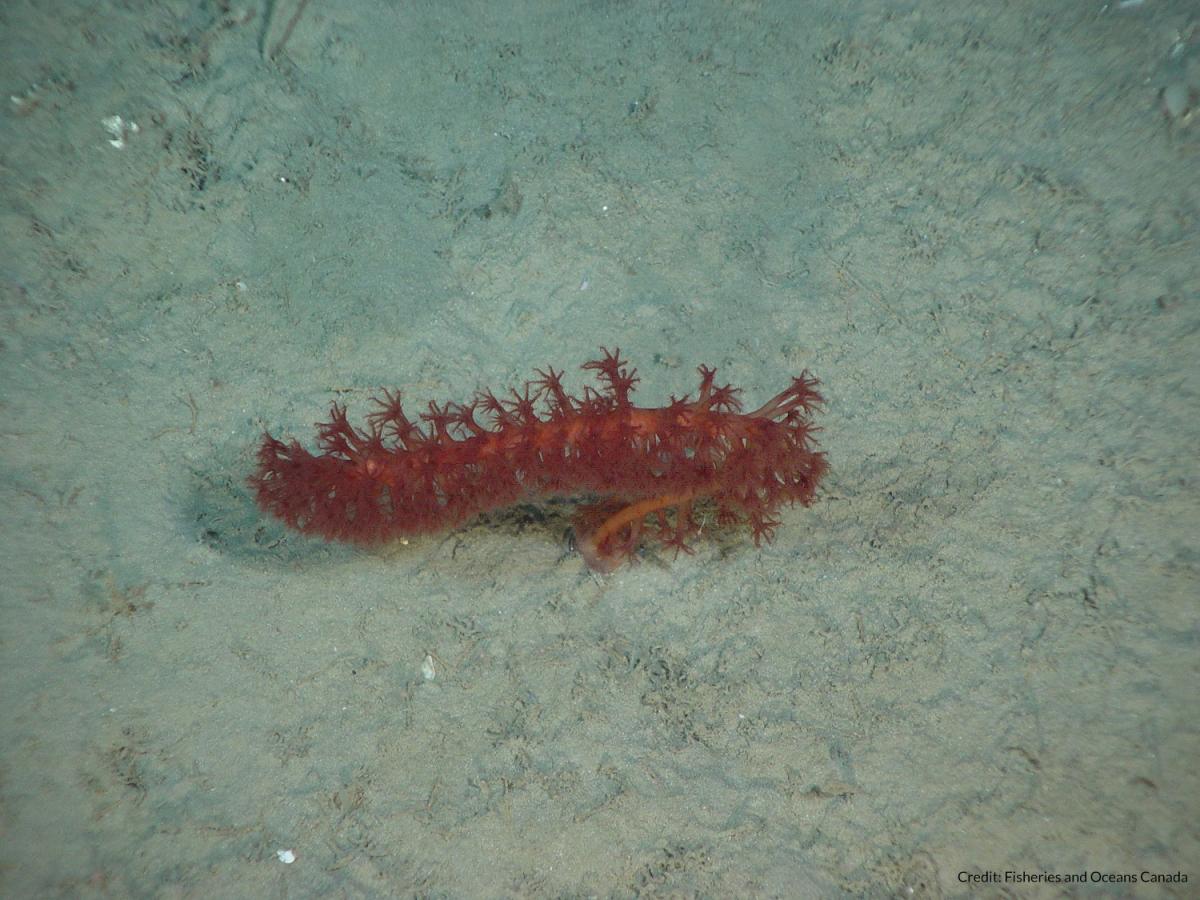
Whales and barnacles
Baleen whales, such as humpback and gray whales, are almost always seen with barnacles on their heads, fins and tail flukes. These barnacles have developed close relationships with whales. The barnacle attaches itself and the body of the whale becomes its habitat. Some whale barnacles are so selective that they can only be found on one species of whale! The barnacles benefit from the relationship, and the whales are not harmed. Both baleen whales and whale barnacles are filter feeders, eating plankton for food. When the whales dive, they carry their barnacle buddies along for the ride to feed in waters rich with plankton. The body of the whale also offers protection to the barnacles from predators such as fish, starfish and snails, as these animals cannot remove the barnacles from freely-swimming whales.
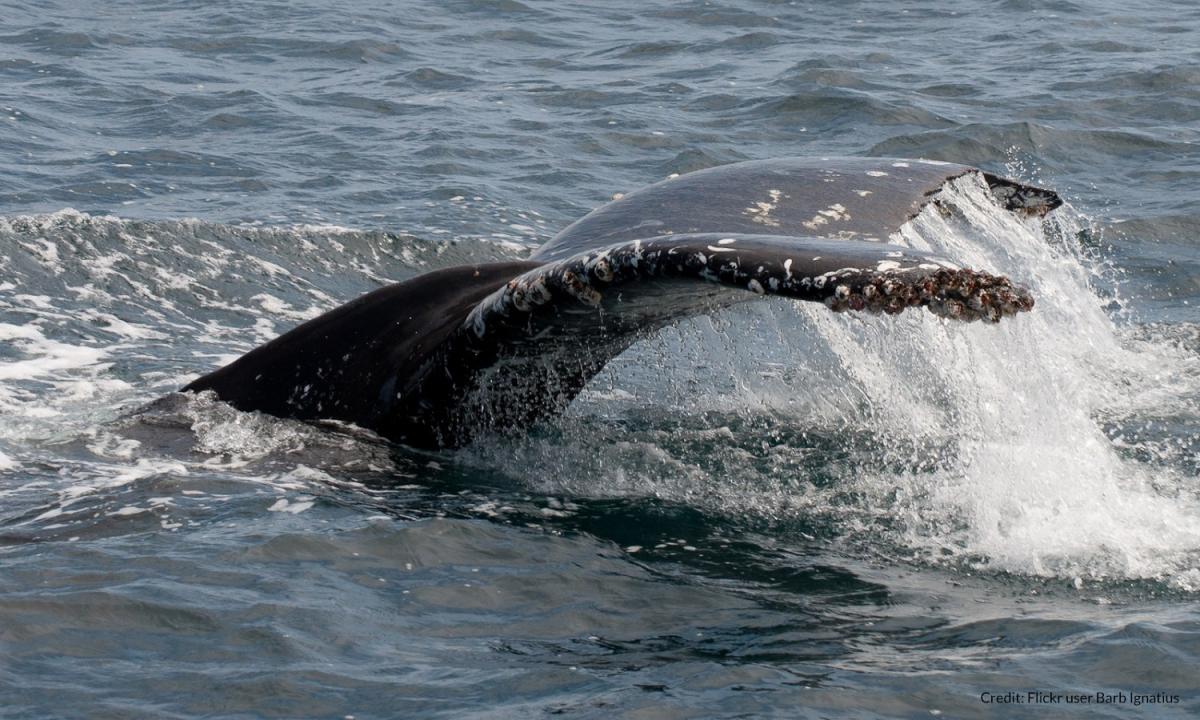
Shrimp and bubblegum coral
Deepwater corals, like bubble gum (Paragorgia arborea), and coldwater shrimp, like northern shrimp and striped shrimp, are frequently found together. Large bubblegum coral have a higher proportion of shrimp living among its polyps than other corals. Bubblegum coral provide a perfect backdrop for shrimp to camouflage themselves against, as both are typically a pinkish colour. Coral also provides an environment where shrimp have easy access to plankton, on which both the coral and shrimp feed.
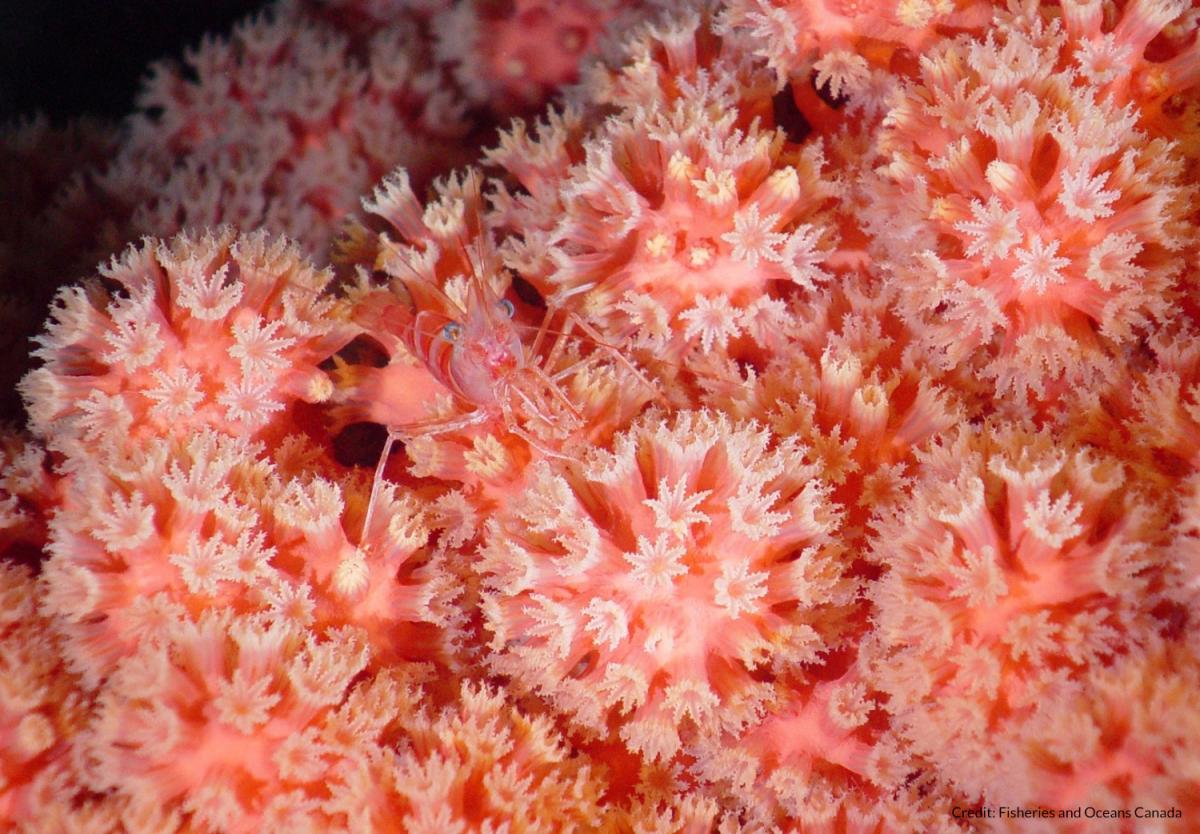
Glass sponges and juvenile rockfish
Glass sponges are a unique and ancient species found off of the west coast of Canada. They provide important habitat for many species of fish and invertebrates. Of particular importance are the use of these glass sponge reefs as refuge for juvenile groundfish, especially rockfish. One study demonstrated that there were almost 10 times more juvenile rockfish found within glass sponge reefs than outside of them. Glass sponge reefs are an important fish nursery, providing habitat that is critical for maintaining rockfish populations.
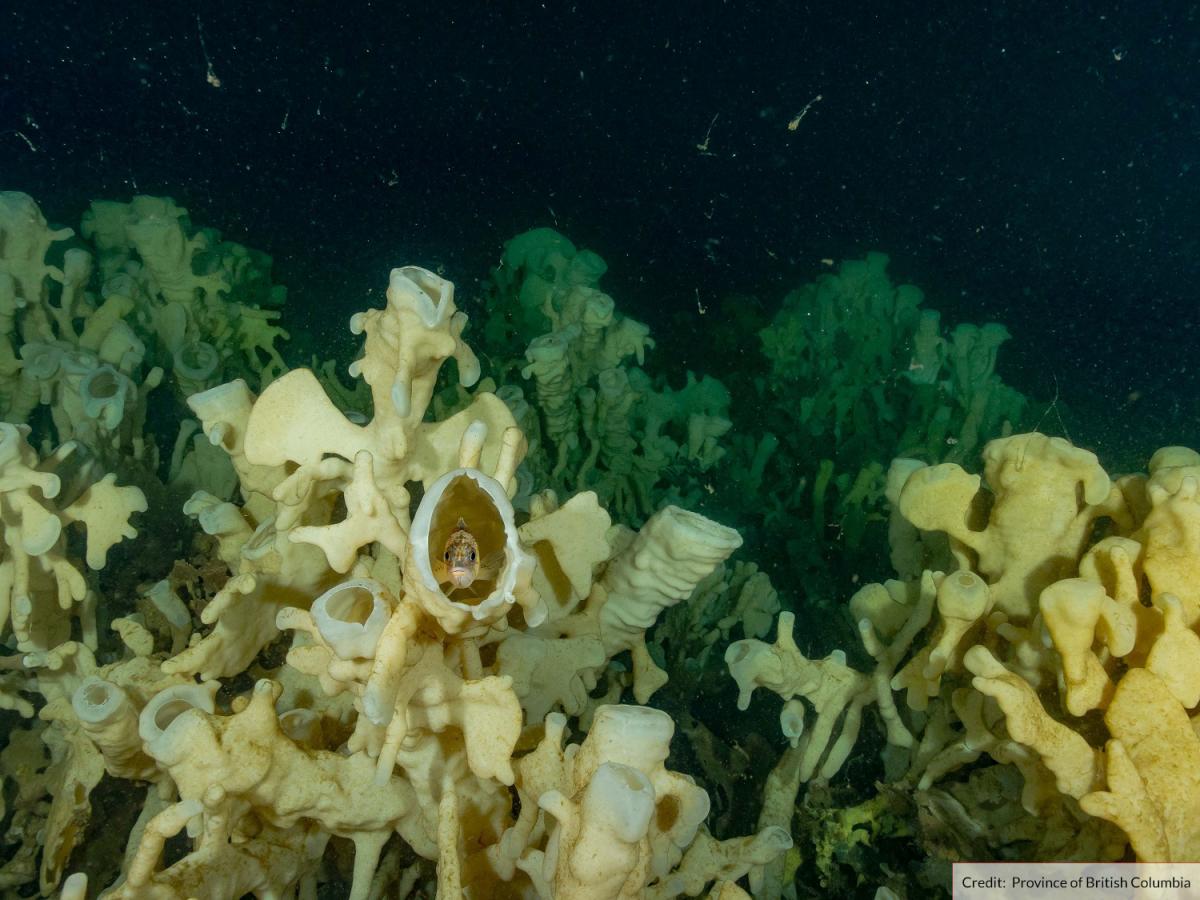
MOST RECENT
March 6, 2025
February 3, 2025
January 22, 2025
Celebrating New Beginnings in 2025: Four Right Whale Calves Spotted Off Florida Coast

